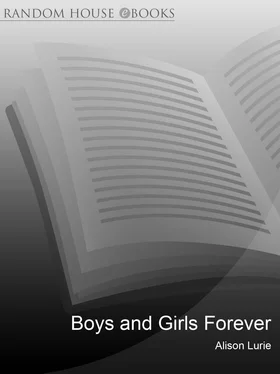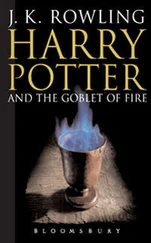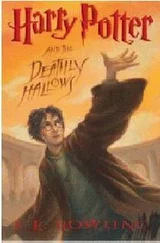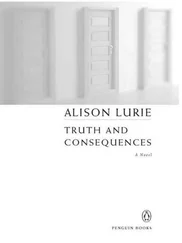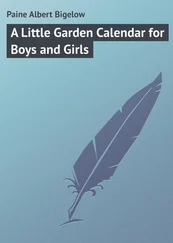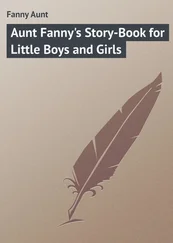For the time this attitude, which Matilda Gage shared, was unusual, to say the least. It was common for the heroines of most nineteenth- and early-twentieth-century children’s fiction to learn household skills and to enjoy them. In Louisa May Alcott’s books great emphasis is put on being able to sew and mend stockings and produce tasty and nourishing meals; later the eponymous heroine of Anne of Green Gables (1908) learns to bake and iron and sew patchwork. Throughout Baum’s series, however, his female protagonists are never instructed in the domestic arts, though ordinary women all seem to be skilled in them. Meals in Oz often grow on trees or are prepared by invisible hands. When Dorothy and her friends are not on the road having adventures, they have nothing to do but play.
In the world of the Oz books, male rulers are almost always wicked or weak or both. The Wizard of Oz’s magic powers are parlor tricks, and nobody seems sad when he is deposed and leaves Oz in his balloon. Later in the series he is allowed to return and learn a little real magic under the guidance of Glinda, but it’s always clear that he is only her apprentice.
Oz, of course, is full of benevolent male characters who accompany Dorothy and later child protagonists on their adventures. Most of these beings, however, are either senior citizens like the Shaggy Man and Trot’s friend Cap’n Bill, or nonhuman, like the Scarecrow, the Cowardly Lion, Jack Pumpkinhead, the mechanical Tik-Tok, and the Wogglebug. They are comic figures, and often in some way damaged or incompetent; none are as brave or resourceful as his child companion. A Freudian critic has called them emasculated. 15Only one of these nonhuman characters, the Patchwork Girl, is female, and she is remarkable for her insouciant self-confidence.
Two of Dorothy’s companions, the Scarecrow and the Tin Woodman, appear to represent unfortunate extremes of male identity. The Scarecrow, who is made of cloth and straw, is too soft: he lacks a brain and can feel but not think. The metallic Tin Woodman is too hard: he lacks a heart and can think but not feel. The Tin Woodman, of course, was once a human woodcutter, but all the parts of his body have been chopped off one after another and replaced with metal. He alone is given a kingdom to rule in The Wizard of Oz : he becomes the Emperor of the Winkies, but remains subservient to Ozma. In a later book of the series, The Tin Woodman of Oz , he decides to search for his former human fiancée Nimmee Amee. He no longer loves her, since the red silk heart he received from the Wizard of Oz is capable of friendship but not passion:
. . . the Wizard’s stock of hearts was low, and he gave me a Kind Heart instead of a Loving Heart, so that I could not love Nimmee Amee any more than I did when I was heartless. 16
Nevertheless, he feels obligated to offer to marry Nimmee Amee out of duty. On the journey to find her he discovers another metallic man, Captain Fyter, the Tin Soldier, who was also once human and also engaged to Nimmee Amee. Neither of them really wants the girl, and they are relieved to discover that Nimmee Amee is now married to a man called Chopfyt who has been cobbled together out of both their old human parts. He is less than perfect, but Nimmee Amee declares herself satisfied with him:
“. . . I married him because he resembled you both,” [she says]. “I won’t say he is a husband to be proud of, because he has a mixed nature, and isn’t always an agreeable companion. But he is my husband, and I must make the best of him.” 17
Besides, he does housework: “He is now trained to draw the water and carry in the wood and hoe the cabbages and weed the flower-beds and dust the furniture.” 18She tells the Tin Woodman and the Tin Soldier “to go back to your own homes and forget me, as I have forgotten you.” 19Since they have by now become close friends, they are happy to take her advice.
The dominant villain of the Oz books is the ugly little Nome King, who lives under a mountain and rules over hundreds of all-male miners and soldiers. He has childish temper tantrums, hates all happy people, and is terrified of eggs. In Ozma of Oz the Nome King and his vast army are put to rout by Dorothy’s pet hen, Billina, who not only spies on him and discovers the secret of his magic, but supplies the other good characters liberally with her eggs. (Oddly enough, Billina, like Ozma, is a sort of transsexual. She began life as Bill, and repeatedly insists that this is her real name, though eventually she becomes the mother of many chickens who seem to have no father.)
Later, in The Emerald City of Oz , the Nome King forms a military alliance with three other disagreeable nations: the Whimsies, the Growleywogs, and the Phanfasms. Their purpose is to conquer the Land of Oz and enslave its inhabitants; but each of the rulers is plotting to deceive and outwit the other three and take all the spoils for himself. Presently the Nomes begin to dig a long tunnel under the Deadly Desert that protects Oz from invaders. Ozma and Glinda find out about this with the help of their superior magical technology, and fill the tunnel with dust. When the four armies emerge in the palace gardens of the Emerald City, they are dreadfully thirsty. Their first act is to drink of the Fountain of Oblivion, which causes them instantly to forget everything, including their dreams of conquest, and become like innocent children.
Unfortunately, the Nome King does not remain an innocent child for long. Perhaps because of the exigencies of plot, his evil nature reasserts itself, and he has to be defeated twice more, first in Tik-Tok of Oz (1914) with the help of more eggs, and then in The Magic of Oz (1919) by drinking the water of oblivion again.
Eggs and water are both traditional symbols of natural force and life, and thus appropriate weapons against evil, which in the Oz books is always portrayed as sterile and dehydrated. After Dorothy’s house lands on the Wicked Witch of the East, killing her, her body is so dry and dusty that she simply blows away. And when Dorothy destroys the Wicked Witch of the West by throwing a bucket of water over her, she dissolves like brown sugar and can be swept out the door.
The Wizard of Oz represents a sharp break with the European nineteenth-century tradition of children’s fantasy, in both style and content. This was deliberate on Baum’s part. In his introduction he declared his wish to write “a modernized fairy tale” in which “the stereotyped genie, dwarf, and fairy are eliminated.” 20
Both the characters and the setting of The Wizard of Oz are very American. Like the protagonists of many European folktales, Dorothy is accompanied on her initial journey by three “magic helpers.” But they are not the traditional magically gifted humans or enchanted beasts. The Tin Woodman was based on a figure Baum had created himself when he was decorating a hardware store window in Indiana. Scarecrows stood guard over hundreds of midwestern cornfields, and the Cowardly Lion could be seen any day moping in the Chicago zoo.
The Wizard himself, that famous humbug, with his gift for showmanship and publicity, and his lack of real powers, is a well-known American type. Not only does he resemble many of our politicians, past and present, but he also recalls the nineteenth-century traveling pitchman and sideshow barker, a type that reached its apotheosis in the impresario P. T. Barnum. Baum suggests both these connections when he reveals in later volumes that the Wizard’s father was a politician, and that he himself used to be with “Bailum and Barney’s Circus.”
Dorothy too is recognizably American, though she has much in common with her most famous predecessor, Lewis Carroll’s Alice. Both are independent, brave, and practical little girls, but Alice, as an upper-middle-class Victorian child, is far more concerned with manners and social status. She worries about the proper way to address a mouse, and is glad she doesn’t have to live in a pokey little house like Mabel. Dorothy already lives in a pokey little house, which she is deeply attached to. Demographers would class her among the rural poor, but she takes for granted her equality with everyone she meets.
Читать дальше
